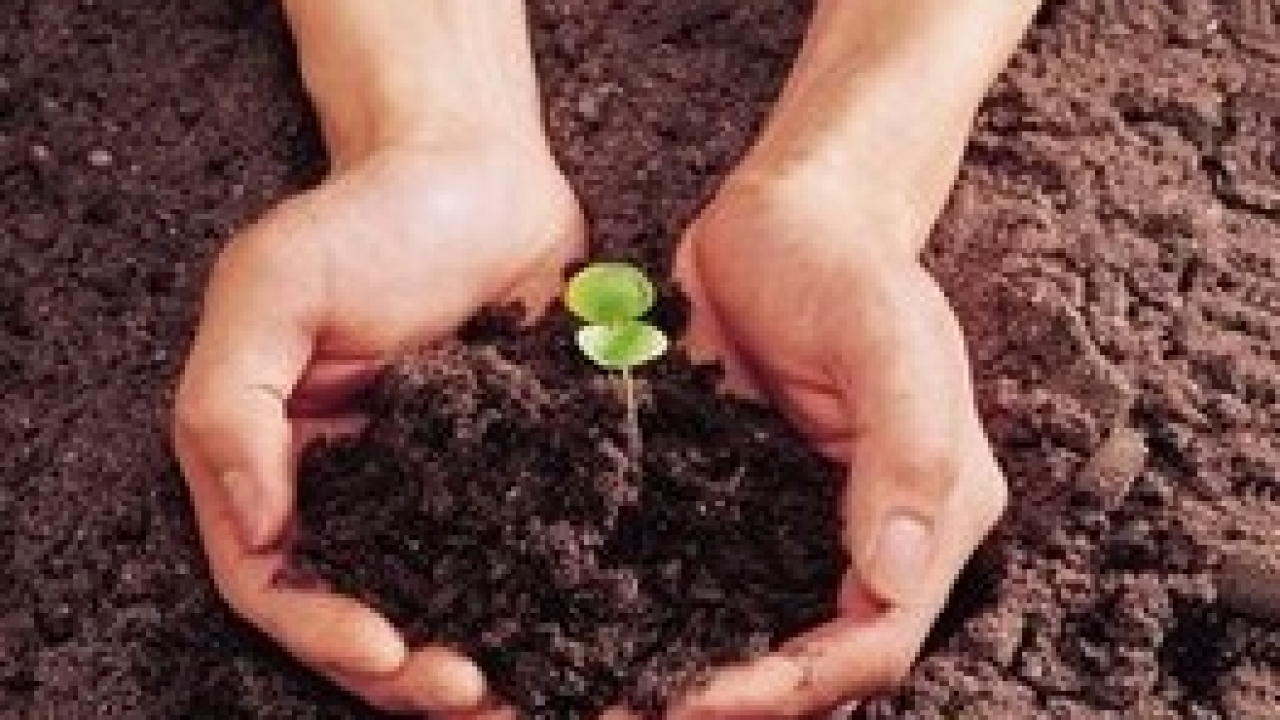What is soil tension?
Posted on 22 August, 2023 by BindaJD

Soil water tension as measured by a soil tensiometer in agriculture is the soil's suction to water. The wetter the soil, the less suction it has for water; the opposite is true. When the soil moisture increases to the point where all the voids are filled with water, the soil water tension will drop to zero. In other words, the soil water content is saturated at this point. The saturated water content of various soils, in terms of weight water content and volumetric water content are not consistent, but the soil water tension is consistent are zero. The capillary rupture water contents of the various soils are also inconsistent, while the soil tensions are nearly identical.
The effects and impacts of soil water on crops are essentially the same for all soils across the range from saturated to capillary rupture water content. Under the same soil water tension index, different soils have their different water content, but the same soil water energy index for the physiological water needs of crops and root absorption is consistent.
At present, it is also customary to soil water content to guide agricultural irrigation, which must be based on measured data to find out the soil water content and soil water tension of the relationship between the formula, with this relationship can be observed according to the soil water tension at any time to know the corresponding soil water content, based on the test of the soil water tension indicators can be used to guide the irrigation of farmland, conditions permit, but also according to the soil water tension indicators of automatic control of irrigation. This will not have to use the drying method to determine the soil water content, thus greatly reducing labor intensity and improve work efficiency. For this reason, it is necessary to promote the improvement of agricultural irrigation technology.
Applications of Soil Tension Sensors
In modern agriculture, the role of soil tension sensors is very significant. Soil tension sensor can be planted on the crop soil moisture dynamic content of the collection, after the collection of data, farmers can be based on changes in crop growth, more accurate irrigation measures, not only can record soil tension changes in data, but also to help growers continue to supplement the crop species of the soil environment data, on the improvement of crop varieties, improve crop quality, yield has a very important It is very important for improving crop varieties and enhancing crop quality and yield.
How to use the soil tension sensor
1. Prepare cool boiled water (no air in the water), boil the tap water for 20 minutes, and then place it to cool for spare.
2.Exhaust the clay head, unscrew the top end cap, pull out the silicone plug, inject cool water, stop injecting water at 2cm from the top of the PVC pipe, and keep the instrument upright for 10-40 minutes (don't add the cover), and see the water dripping out from the surface of the clay head, then plug the silicone plug and screw on the top end cap.
Soil tension sensor installation location selection
1. Installation of the equipment is carried out after the crop has been sown;
2. The installation location needs to have flat terrain;
3. Under full irrigation conditions, prioritize the less water-acquired area as the monitoring location;
4. Under partial irrigation conditions, select the wet area as the monitoring location;
5. Selecting locations where crop growth is balanced and representative of the majority of crop growth.